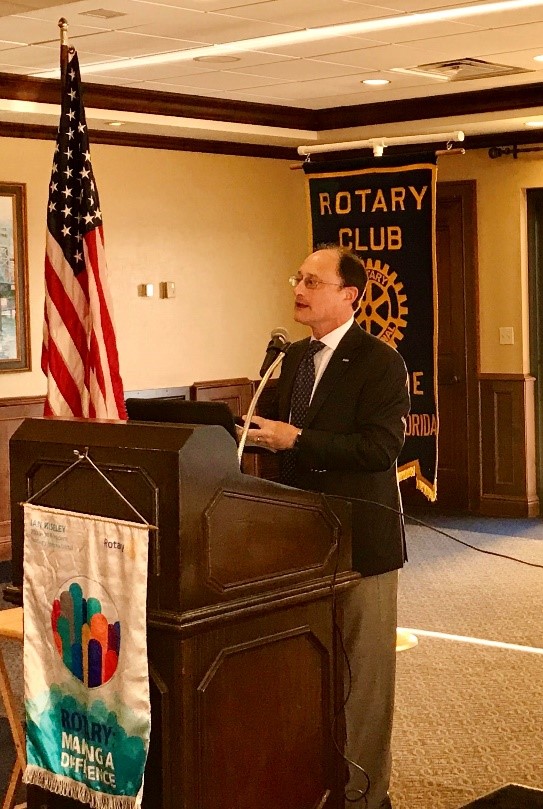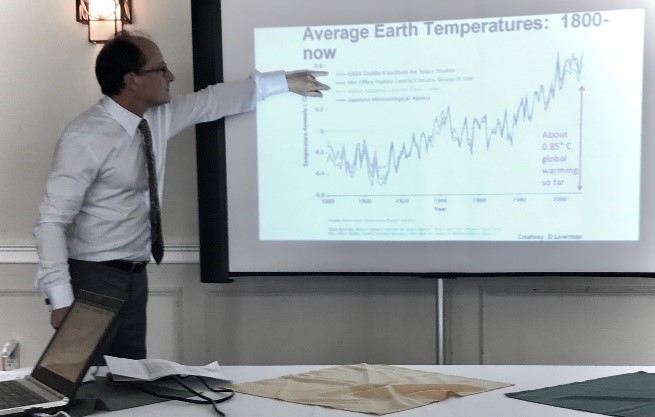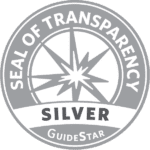The Climate Communicator’s Guide to Planning and Delivering Successful Talks
Author: Todd L Sack, MD FACP (904-403-6446; tsack8@gmail.com)
Welcome to My Green Doctor’s “Climate Communicators Guide”. We want you to be a successful speaker on the topic of climate change and its health impacts. If you are already lecturing, webinaring, and Zooming, perhaps you will find new tips here. If you are not yet speaking publicly, this Guide will give you the skills and confidence to teach at hospital grand rounds, to healthcare students, at civic and social clubs (e.g. Rotary), to high school classes, at houses of worship, and at public meetings. The resources for this “Guide” are found at My Green Doctor (https://mygreendoctor.es/) under the tabs “Climate Change & Health” and “Resources”: PowerPoint presentations, key websites, webinars, brochures, and videos.
Please understand that:
- My Green Doctor provides these materials to assist health professionals to become better informed. These materials come from colleagues and from the internet. My Green Doctor cannot always verify the accuracy, ownership, or copyright of these materials. It is your responsibility as a presenter to use the resources appropriately.
- Your credibility and success depend upon your maintaining a high standard of accuracy, and by not making strongly emotional or partisan remarks. As a speaker representing the healthcare profession, always use facts that are science-based. Be true to the values of your profession.
- Acknowledge the sources that you use for your talks.
Before You Schedule a Climate & Health Talk:
- Get informed. Most what you need is found at My Green Doctor and its workbooks, blogs, web links and PowerPoints talks. Another tremendous resource is Dr. Alan H Lockwood’s short 2016 book, “Heat Advisory: Protecting Health on a Warming Planet”, available from Amazon and The MIT Press, Cambridge, MA.
- Understand your role as a “climate communicator”. Likely you are not a PhD climate scientist. Don’t worry: you don’t need to become one or pretend to be in order to be a highly effective climate change communicator. Your credibility derives from being a respected, compassionate, and experienced health professional with the ability to explain to others climate change and its health effects.
- Learn from an expert communicator. A “must watch” is Professor Ed Maibach’s 2015 talk on tips for successful climate change communication, based upon his research at George Mason University.
Booking your Talks:
Credibility and trust are the two essential ingredients needed for booking a talk about climate change and human health. Your status as a health professional provides most of your credibility. Trust can be more challenging. Program directors need to know that you are a responsible person who will show up, be prepared, and deliver a clear, sensible, evidence-based lecture without inflammatory rhetoric. You will be most successful if you approach trusted colleagues or friends. Ask them if they belong to one of the organizations listed, below, whether they know the group’s President or Program Chair, and whether they would be willing to introduce you as a possible speaker.
Be prepared to send an email to your friend that can be forwarded to organizations. This brief email could begin with something like, “Thank you for considering me as a speaker for your group, on the topic of, “Climate Change and…”. You should attach your CV and, if available, the PowerPoint for a related talk that you have planned or delivered. Remember that some audiences in the United States are uncomfortable reading “climate change” in a lecture announcement; consider titling your talk with a terms such as “Resiliency” or “Our Energy Future”.
Be patient and gently persistent: it is usually 2-3 months – and sometime even a year– between an inquiry and a talk.
Where to speak:
- Your hospital or university: Ask the CME office, the department chairperson, the medical school dean’s office, or teaching program directors.
- Local environmental groups: Sierra Club, Audubon, outdoors clubs, etc. A useful website to identify these is meetup.com. Reach out to groups by phone or email– they are usually thrilled to have a climate talk by a medical professional.
- Civic Clubs: Rotary clubs, Civitan clubs, chambers of commerce, local health professional societies, women’s clubs, garden clubs, Boy Scouts, Girl Scouts, League of Women Voters, etc. These are very important and influential audiences.
- Schools: Perhaps you know a public or private school student, teacher, or administrator who will offer you a speaking opportunity. Most high schools have an environmental or ecology club; try to reach a student or faculty leader.
- Religious groups: churches, mosques, synagogues, & youth groups. Speak at your own house of worship or ask a friend who is active in her/his congregation.
- Government: consider zoning and planning boards, water and air quality commissions, city councils.
Preparing Your Climate & Health Talk: Here are tips from experienced climate communicators:
- Restrict your message to 4-5 key points; trying to say more is counterproductive. If you haven’t already, watch Professor Ed Maibach’s 2015 talk on tips for successful climate change communication, based upon his research at George Mason University (USA).
- Give your audience ideas that they can implement in their own lives, professions, and communities.
- Budget your time carefully. A 60 minute talk is really 40 minutes as you must set aside time for introductions, questions, and answers. That means a 40-slide maximum for most climate communicators; 60 for the very experienced. A Rotary Club talk is twenty minutes and a maximum of 30 slides.
- Be attentive to your slide content. Use big lettering (32 font or larger). Do not include complicated tables and graphs that you cannot easily explain. Avoid having to apologize for the content of anything you present; doing so weakens your case. Omit such slides; they do not impress your audience and distract from your 4-5 key points.
- Know your audience’s scientific background. Carefully avoid medical jargon and abbreviations. If you must use abbreviations in your talk or slides, explain them carefully and repeatedly, for example: IPCC, CO2, NH4, ATM, ppm…
- Don’t talk up or down to your audience. This is not always easy.
- Offer facts that interest your audience. Bring climate facts from the audience’s region, available from The National Climate Assessment. Choose slides on health topics for medical audiences, students, or parents; include economic and policy slides for business and government audiences.
- Don’t be ruffled by the “climate denier”. Most in your audience will be receptive to your message. Ardent deniers are a shrinking minority, fewer than 15% of Americans. If you are confronted by a “denier”, try to point to the positive health and economic benefits of clean energy and energy efficiency. You can use jobs in these growing industries as a way to find common ground with a “denier”, such as that wind turbine construction & maintenance are big job creators. Offer to meet privately with a “denier”.
- Always be positive & optimistic in your overall outlook. “Doom and gloom” are not effective. Emphasize “opportunities” for a better economy, healthier society, and lower health expenditures..
- Provide positive steps that your audience can take home
- In the home: recycling, installing LED bulbs, choose wise transportation & purchasing options, solar hot water & electricity.
- At work: recycle, start a “green team” to save money and make a healthier office. Here are two useful, free resources (mygreendoctor.org, ACP Climate Change Toolkit).
- Community: talk to your friends and colleagues, speak with elected leaders, write an Op-ed, join groups, vote “climate”.
What to bring to your talk:
- Speak to the organizer to be certain that your audio-visual needs will be met: projector? Laser pointer? Microphone? Will they have a computer with PowerPoint and someone experienced in setting up the computer and projector? I always arrive thirty minutes early to help with the set-up and to become comfortable with the equipment. I always bring two thumb drives containing my talk.
- Print out your slides and write notes so that you can continue if the projector fails.
- Print copies for interested audience members. I try to bring one copy for every 5 expected to attend.
- Bring your business card or a brochure to give to audience members who request such.
- Hope for the best, plan for the worst. At a minimum, bring your own laptop “just in case”. Not all presentations will work well with different operating systems (Mac vs PC). If you have one, bring your own projector. Consider bringing an extension cord and laser pointer. Do not count on the stuff promised working well and being compatible.
- Dress and present yourself appropriately for your profession and audience.
- If possible, bring a helper, someone to watch the lights and microphone volume for you, distribute your brochures if allowed by the meeting director.
- Finally, bring a positive attitude: enjoy yourself. Have fun as a climate communicator!
After Your Talk:
- Thank your host(s) by phone, email, or personal note. Ask them to refer you to speak to other organizations.
- Reach out to audience members who may have shared their contact information.
- Thank your helper.
- Schedule your next Climate & Health talk!





